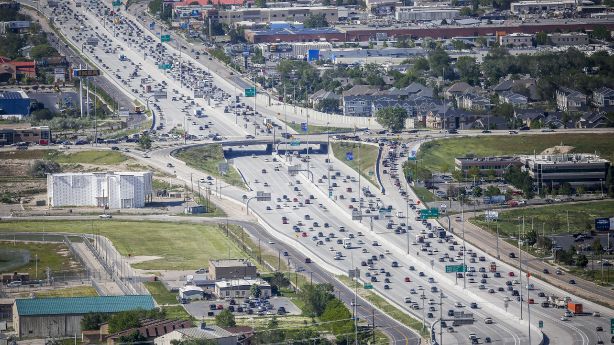Obesity Will Soon be the Principle Cause of Cancer

Recent studies continue to shed light on how everyday cycling is not only good for our cardiovascular health but also a way to save billions in health care costs. While everyday cycling is starting to be recognized as a low-impact form of exercise there remains resistance to accepting riding a bike as a form of preventive health care across North America. Clearly, biking is advantageous for one’s physical health. It’s widely known that cycling is a low-impact form of exercise that’s good for the cardiovascular system, a way to control weight gain, and benefits our immune system. In addition, daily bicycling can have positive effects on our mental well-being. In June 2013, the American Medical Association voted in favor of recognizing obesity as a disease; the Food and Drug Administration already does. This newly-labeled disease is predicted to affect more than 44 percent of all Americans by 2030 if no action is taken. Canada is not exempt from this health crisis: in 2010, Statistics...






